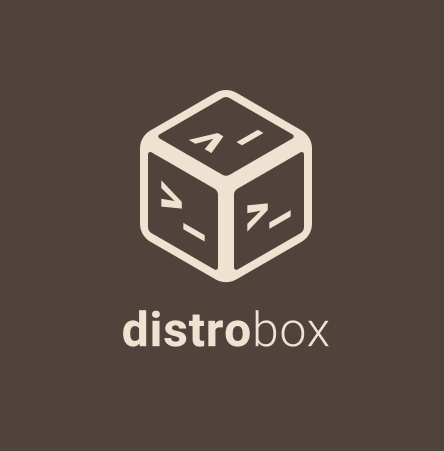How To Install Distrobox on Fedora 41

Distrobox represents a groundbreaking approach to running multiple Linux distributions seamlessly on your Fedora 41 system. This powerful containerization tool leverages either Podman or Docker to create and manage containers that integrate naturally with your host system. Whether you’re a developer needing multiple development environments or a Linux enthusiast wanting to explore different distributions, Distrobox provides an elegant solution without the overhead of traditional virtual machines.
Understanding Distrobox and Its Benefits on Fedora 41
Distrobox enables users to run any Linux distribution inside a container while maintaining seamless integration with the host system. This integration includes sharing the home directory, enabling audio and video capabilities, and supporting graphical applications. On Fedora 41, Distrobox shines particularly bright due to its native support for Podman, Red Hat’s container engine.
Key advantages of using Distrobox include:
- Seamless integration with the host system
- Ability to run GUI applications without complex configuration
- Shared home directory between host and containers
- Support for different Linux distributions without dual-booting
- Minimal performance overhead compared to virtual machines
Prerequisites for Installing Distrobox
System Requirements
Before proceeding with the installation, ensure your Fedora 41 system meets these requirements:
- A 64-bit system running Fedora 41
- At least 4GB of RAM (8GB recommended)
- 10GB of free disk space
- Active internet connection
Installing Container Engine
Distrobox requires either Podman or Docker as its container engine. For Fedora 41, Podman is recommended as it’s better integrated with the system.
# Install Podman
sudo dnf update
sudo dnf install podman
Verify the installation with:
podman --version
Installing Distrobox on Fedora 41
Method 1: Using the Official Curl Script
The most straightforward method to install Distrobox is using the official installation script:
curl -s https://raw.githubusercontent.com/89luca89/distrobox/main/install | sudo sh
For non-root installation:
curl -s https://raw.githubusercontent.com/89luca89/distrobox/main/install | sh -s -- --prefix ~/.local/bin/
Method 2: Using COPR Repository
For those preferring package manager installation:
sudo dnf copr enable alciregi/distrobox
sudo dnf install distrobox
Method 3: RPM-Ostree Installation
Fedora Silverblue or Kinoite users should use:
rpm-ostree install distrobox
Creating and Managing Containers
Creating Your First Container
Create a new container using the following syntax:
distrobox-create --name fedora-dev --image fedora:41
Common container creation options:
--name: Specify container name--image: Choose distribution image--home: Set custom home directory--additional-packages: Install additional packages during creation
Entering and Using Containers
Access your container with:
distrobox-enter fedora-dev
Advanced Container Management
Exporting Applications
Make applications installed in your container available on the host system:
distrobox-export --app firefox
distrobox-export --bin /usr/local/bin/custom-script
Managing Container Resources
Control container resource usage with Podman’s built-in controls:
distrobox-create --name resource-limited --cpu-quota 50000 --memory 2g --image fedora:41
Troubleshooting Common Issues
Container Creation Failures
If container creation fails, verify:
- Container engine (Podman/Docker) is running properly
- Sufficient disk space is available
- Network connectivity for image download
# Check Podman status
systemctl status podman
# Clear Podman storage
podman system prune
Graphics Issues
For GUI application problems:
- Verify X11 socket sharing
- Check Wayland compatibility
- Ensure proper graphics drivers are installed
# Test X11 forwarding
xhost +local:
# Check Wayland session
echo $XDG_SESSION_TYPE
Performance Optimization
Container Performance Tips
Optimize your Distrobox containers with these recommendations:
- Use appropriate resource limits
- Regular container cleanup
- Optimize shared storage usage
# Clean unused images and containers
distrobox-rm --rm-home unused-container
podman system prune -a
Updating and Maintenance
Updating Distrobox
Keep your Distrobox installation current:
# For COPR installation
sudo dnf update distrobox
# For manual installation
curl -s https://raw.githubusercontent.com/89luca89/distrobox/main/install | sudo sh
Container Maintenance
Regular maintenance tasks:
# Update container packages
distrobox-enter container-name -- sudo dnf update
# Export updated applications
distrobox-export --app updated-application
Congratulations! You have successfully installed Distrobox. Thanks for using this tutorial to install the latest version of the Distrobox on the Fedora 41 system. For additional help or useful information, we recommend you check the official Distrobox website.